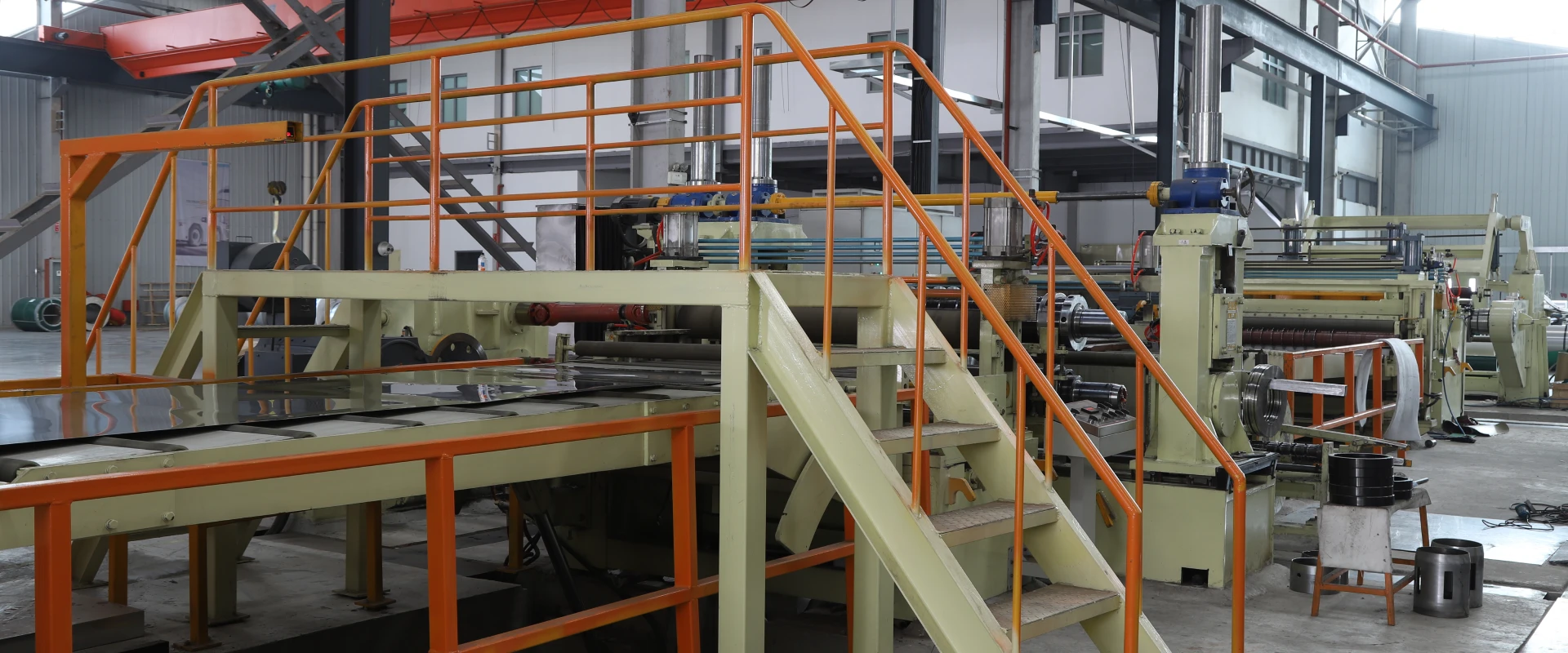Titanium Market This Week: Quiet Exterior, Dynamic Interior – Subtle Shifts Reshaping the Industry in 2025
While the titanium market often flies under the radar compared to flashier metals like steel or aluminum, the week of May 26–31. 2025. reveals a sector undergoing profound transformation. From price disparities between raw materials and finished products to supply chain realignments and breakthrough technologies, the industry is quietly recalibrating for a future shaped by geopolitical shifts and emerging demand. Let’s dive into these subtle yet impactful changes.
1. Price Divergence: Raw Materials vs. End Products
The titanium market is experiencing a split personality in pricing:
Titanium Ore Weakness: Domestic titanium ore prices in China’s Panxi region continued their downward spiral, with 46% titanium ore dropping to ¥1.820–1.900/ton (ex-factory, tax-excluded). This decline stems from oversupply and weak demand from downstream titanium dioxide (TiO₂) producers, who face cost pressures and export challenges. Imported Nigerian 48–49% titanium ore also softened to ¥2.350–2.450/ton, reflecting global market lethargy.
Sponge Titanium Strength: In contrast, sponge titanium prices surged 2000–3000 yuan/ton in April, with Grade 0 sponge hitting ¥49.000–53.000/ton. This rally is driven by surging demand from high-end sectors like aerospace and defense, where China’s military modernization and commercial aircraft projects (e.g., COMAC C919) are creating supply bottlenecks.
This divergence highlights a market where commodity-grade materials struggle while specialty products thrive—a trend likely to persist as industries prioritize performance over cost.
2. Supply Chain Adjustments: Geopolitics and Innovation
Two major forces are reshaping titanium’s supply chain:
Ukraine’s Mining Halt: The suspension of titanium ore mining in Ukraine’s Zaporizhia region has created a 50.000-ton monthly global supply gap. To mitigate this, China’s Pangang Group accelerated its 35.000-ton sponge titanium expansion project, bringing its total capacity to 60.000 tons/year—20% of China’s total. This move not only stabilizes domestic supply but also positions China to capture market share from disrupted European producers.
Green Manufacturing Push: Companies like CITIC Titanium Industry are innovating to reduce environmental impact. Their patented high-titanium-recovery process cuts production time and boosts efficiency by optimizing slag treatment and leaching techniques. Meanwhile, Taitec’s new TA10 titanium alloy recycling method uses electromagnetic levitation melting to reclaim 92% of 冷轧 scraps, slashing waste and costs. These technologies align with global ESG goals and could redefine industry standards.
3. Demand Rebalancing: Traditional Sectors vs. Emerging Opportunities
Titanium’s demand landscape is undergoing a quiet revolution:
Core Industries in Transition:
Aerospace: While Boeing and Airbus orders remain steady, rising costs and geopolitical tensions have pushed Chinese airlines to prioritize domestic suppliers like Baoti Group, which holds 80% of China’s military titanium market share.
Construction: Weak real estate markets in Vietnam and Thailand have dampened demand for titanium-coated steel, but infrastructure projects in Africa (e.g., Nigeria’s railway expansion) are emerging as new growth drivers.
Emerging Frontiers:
Consumer Electronics: Titanium alloy smartphone frames are gaining traction, with Apple’s supply chain driving 6.500-ton annual demand for high-purity titanium. By 2027. this niche market is projected to reach ¥43.2 billion.
Medical Devices: Biocompatible titanium implants are seeing 12% annual growth, fueled by aging populations and advancements in regenerative medicine. Companies like Western Materials are expanding into 3D-printed medical components to capitalize on this trend.
4. Policy and Trade Winds: Navigating Tariffs and Sustainability
U.S.-China Tariff War: The latest round of 34% reciprocal tariffs has hit TiO₂ exporters like Lomon Billions, forcing them to pivot to Southeast Asian and African markets. Conversely, high-end titanium producers like Baoti Group benefit from reduced competition in military and aerospace sectors.
Carbon Border Adjustment Mechanism (CBAM): The EU’s carbon tax, set to add €85/ton to Chinese steel exports by 2026. is pressuring titanium producers to adopt green hydrogen and electric arc furnaces. Forward-thinking companies like ArcelorMittal are already investing in renewable energy to stay ahead of the curve.
5. Future Outlook: Navigating Volatility
As we enter Q3. two scenarios could unfold:
Scenario 1: Steady Recovery
If global manufacturing PMI rebounds (currently 48.7 in Europe), pent-up demand for titanium in automotive and construction could lift prices. Historically, Q3 sees a 10–12% uptick in titanium consumption, which might narrow the price gap between ore and sponge.
Scenario 2: Prolonged Mismatch
A recession in key markets or further geopolitical disruptions could deepen the divide, forcing producers to cut output. Analysts warn of a 10–15% correction in TiO₂ prices if export demand falters.
Regardless of the path, agility will be critical. Producers are advised to:
Diversify Revenue Streams: Target high-margin sectors like medical devices and hydrogen infrastructure, where demand is projected to grow at 12% CAGR through 2035.
Hedge Against Volatility: Use derivatives to manage raw material costs, as 60% of titanium production expenses are tied to ore and energy.
Invest in R&D: Adopt technologies like CITIC Titanium’s slag treatment process to reduce waste and comply with CBAM regulations.
Conclusion
The titanium market’s unassuming exterior belies a dynamic interior marked by price disparities, supply chain reinvention, and emerging applications. While traditional sectors face headwinds, innovation in recycling, green manufacturing, and high-tech industries is creating new growth avenues. As stakeholders navigate this transition, those who balance cost discipline with strategic foresight will turn these under-the-radar shifts into lasting competitive advantages.

